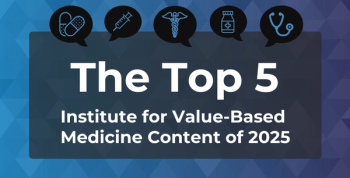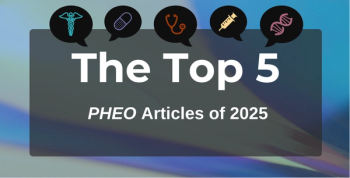
After a Month of Stability, National Telehealth Utilization Declined 10 Percent in June 2021
After a month of stable utilizations, use of telehealth services dropped 10% in June 2021, according to Robin Gelburd, JD, president of FAIR Health.
After a month of stability, national telehealth utilization declined in June 2021, according to FAIR Health’s
Exhibit 1. Monthly Telehealth Regional Tracker, May versus June 2021, United States
In all four US census regions, telehealth claim lines fell from May to June 2021 as a percentage of medical claim lines just as they did nationally, with the sharpest decrease occurring in the Northeast. In that region, telehealth utilization dropped 11.9 percent from May to June 2021.
Other changes from May to June 2021 involved the top five telehealth diagnoses. Joint/soft tissue diseases and issues rose in the rankings of top five telehealth diagnoses nationally and in every region but the West. Nationally, this diagnosis rose from number four in May, with 2.5 percent of telehealth claim lines, to number three in June, with 2.6 percent of telehealth claim lines.
Acute respiratory diseases and infections rose nationally from number three among telehealth diagnoses in May 2021 to number two in June. Nationally and in every region, mental health conditions remained in the number one spot among telehealth diagnoses and continued to increase in percentage of telehealth claim lines.
Urinary tract infections appeared in fifth place among telehealth diagnoses in the South in June 2021 (Exhibit 2). This was the first time since the start of the pandemic in March 2020 that this diagnosis appeared on the regional or national lists, although it had been common on the lists prior to the pandemic.
Exhibit 2. Monthly Telehealth Regional Tracker, May versus June 2021, South
About the Monthly Telehealth Regional Tracker
Launched in May 2020 as a free service, the Monthly Telehealth Regional Tracker uses FAIR Health data to track how telehealth is evolving from month to month. An interactive map of the four US census regions allows the user to view an infographic on telehealth in a specific month in the nation as a whole or in individual regions. Each infographic shows month-to-month changes in volume of telehealth claim lines, top five telehealth procedure codes and top five telehealth diagnoses (or diagnostic categories), along with that month’s top five granular diagnoses within the most common diagnostic category.
As the COVID-19 pandemic continues to evolve, FAIR Health’s Monthly Telehealth Regional Tracker reveals accompanying changes in telehealth. The Telehealth Tracker is one of the ways we pursue our healthcare transparency mission.
For the Monthly Telehealth Regional Tracker, click
Robin Gelburd, JD, is the founding President of
CPT © 2020 American Medical Association (AMA). All rights reserved.
Newsletter
Stay ahead of policy, cost, and value—subscribe to AJMC for expert insights at the intersection of clinical care and health economics.







































